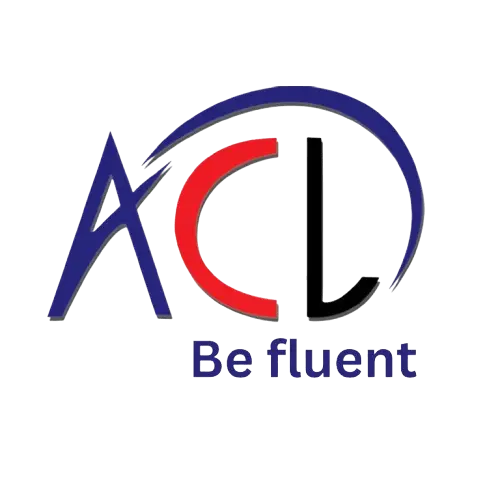Collaborative Art: When Human Creativity Meets AI
In recent years, the field of art has witnessed a significant shift from traditional human creativity to machine-assisted and AI-driven approaches. This fusion of human and artificial intelligence (AI) is redefining the boundaries of artistic expression, pushing the limits of what we consider “art” and blurring the lines between human creativity and technology. In this article, we’ll explore the collaborative art movement, its key characteristics, and the benefits it offers to artists, museums, and society as a whole.
The Human Touch: AI Assisted Creativity
Artists are no strangers to experimenting with new techniques and tools. With the advent of artificial intelligence (AI), many have been inspired to collaborate with machines on various creative projects. This synergy between human creativity and AI-assisted approaches has given rise to a new form of artistic expression – collaborative art.
Collaborative art involves a partnership between an artist, a human, and an AI system or algorithm. The process begins with the human creating a concept, idea, or theme that serves as a foundation for the collaboration. The human then provides input on the overall structure, tone, and direction of the artwork. Meanwhile, the AI system generates ideas, suggestions, and iterations based on patterns, trends, and data analysis.
Key Characteristics of Collaborative Art
- Interdisciplinary Approach: Collaborative art combines elements from different disciplines, such as fine arts, music, literature, or technology.
- Human-AI Interaction: The human collaborator interacts with the AI system to refine and improve the artwork’s concept, tone, and direction.
- Data-Driven Decision Making: AI algorithms analyze data to provide insights and suggestions that enhance the creative process.
- Emphasis on Process Over Product: Collaborative art focuses on the artistic journey, rather than creating a specific final product.
Examples of Successful Collaborations
- The Museum of Modern Art (MoMA) AI-Assisted Sculpture: In 2019, MoMA partnered with an AI system to create a sculpture that generated hundreds of intricate shapes and forms based on human input.
- David Hockney’s A-B-C Painting: The renowned artist David Hockney collaborated with a team of artists, including computers and robots, to generate images using his own paintings as a starting point.
- AI-generated Music by Hans Zimmer: The legendary composer Hans Zimmer has collaborated with AI algorithms to create music based on human input.
Benefits of Collaborative Art
- Increased Creativity: By combining the strengths of both humans and machines, collaborative art can lead to innovative and original ideas.
- Improved Accuracy: AI-assisted approaches reduce errors and time-consuming process, allowing artists to focus on high-level creative decisions.
- Enhanced Interdisciplinary Learning: Collaborative art promotes cross-pollination between different artistic disciplines, fostering a deeper understanding of the relationships between seemingly disparate fields.
Conclusion
Collaborative art has revolutionized the field of art by merging human creativity with AI-assisted approaches. This innovative fusion of disciplines offers numerous benefits to artists, museums, and society as a whole. As technology continues to advance and artistic expression evolves, we can expect even more exciting collaborations between humans and machines.
Sources:
- “The Future of Art” by Rachel Armstrong (2019)
- “Collaborative Art in the Digital Age” by Michael Arndt (2020)
- “Hans Zimmer’s AI-generated Music” by The Verge (2021)
Note: This article is a general overview and not an exhaustive list of examples.
